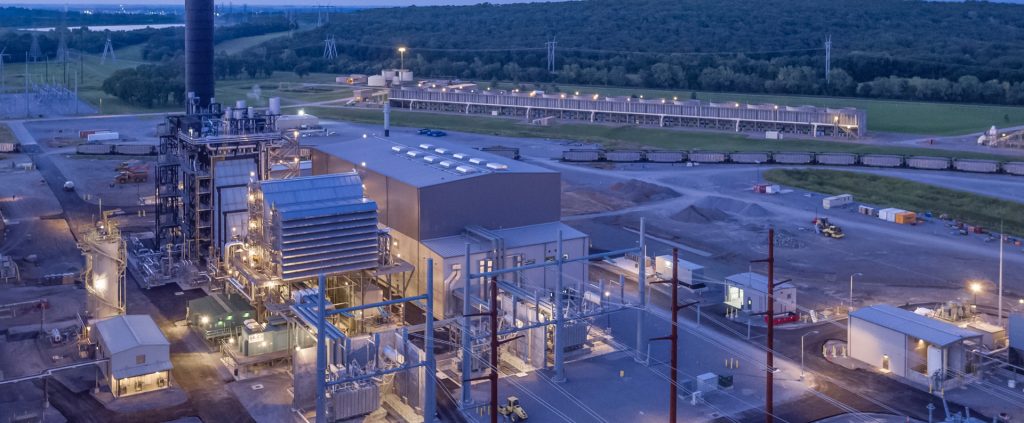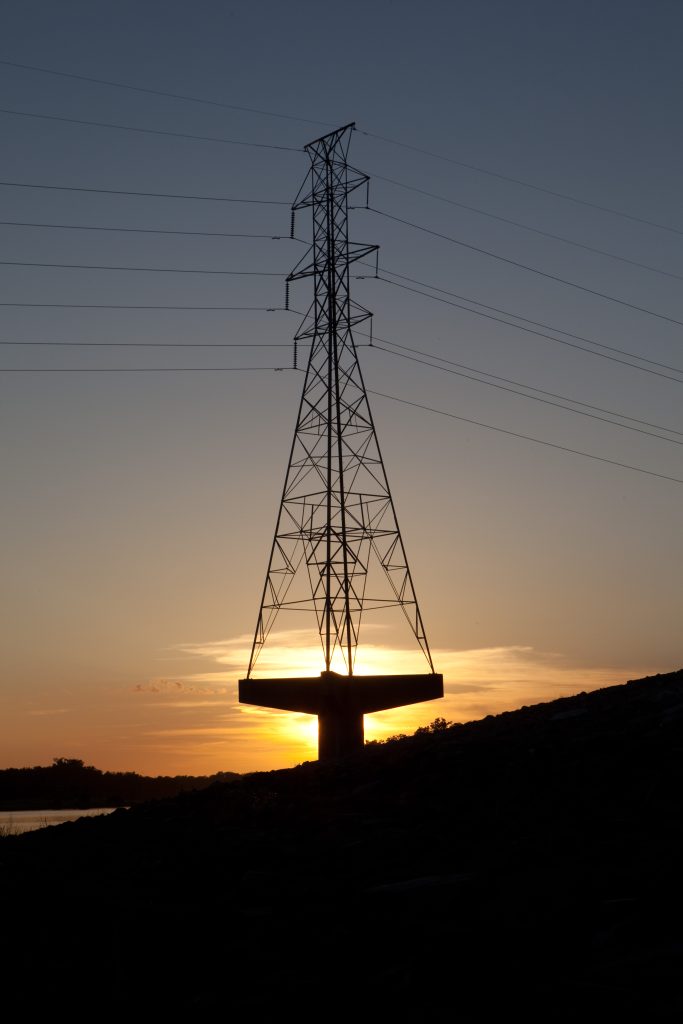
About GRDA

The Grand River Dam Authority is Oklahoma’s largest public power electric utility, fully funded by revenues from electric and water sales instead of taxes. GRDA is also a steward of the waters of the Grand and Illinois Rivers in Oklahoma and manages over 70,000 surface acres of premier Oklahoma lake waters, as well as miles and miles of the Scenic Illinois River.
Each day, GRDA strives to be an “Oklahoma agency of excellence” by focusing on its “5E” mission:
We deliver affordable, reliable electricity, with a focus on efficiency and a commitment to environmental stewardship. We are dedicated to economic development, providing resources, and supporting economic growth. Our employees are our greatest asset in meeting our mission to be an Oklahoma Agency of Excellence.
The GRDA story began in April 1935 when the agency was created to be a “conservation and reclamation district” for the waters of the Grand River, tasked with building dams along the river for the purposes of hydroelectric generation and flood control. GRDA responded to that task by constructing Pensacola Dam in the late 1930s. The world’s longest, continuous multiple arch dam, Pensacola Dam was also the state’s first hydroelectric facility. It stretches for a mile across the Grand River Valley to create Grand Lake (46,500 surface acres) and harness the power of falling water. GRDA has used Pensacola Dam to create renewable, hydroelectricity for Oklahoma since the dam’s completion in 1940.
The responsibility to harness the waters of the Grand River continued two decades later when GRDA completed its second hydroelectric facility, the Robert S. Kerr Dam in 1964. Originally called the Markham Ferry Project, because it is located on the Grand River where a ferry once carried passengers across, the dam created Lake Hudson (12,000 surface acres) and more than doubled GRDA’s hydroelectric capacity.
Before the decade ended, GRDA had also completed the first phase of the Salina Pumped Storage Project (SPSP). This facility, located on the Saline Creek Arm of Lake Hudson, was called “experimental” by many critics because such facilities were not widespread across the country at the time. However, the SPSP remains an important part of GRDA’s overall electric generation portfolio today. The completion of phase two in 1972 also completed GRDA’s hydroelectric development of the Grand River.
By the late 1970s, the United States was facing an energy crisis and GRDA’s customer electricity demands were growing. GRDA responded by entering the thermal generation industry with the completion two coal-fired generators in the early 1980s. These additional assets transformed GRDA from a small hydroelectricity supplier to a major electricity producer for the region.
Throughout this period of expansion of its electricity system footprint, GRDA also continued to focus on its role as a good steward of the natural resources under its control. In 2004, it established its Ecosystems and Watershed Management Department, to bring a greater focus to lake management issues such as water quality monitoring, resource agency collaboration, and shoreline and fisheries enhancement. In 2010, that effort took a big leap forward when GRDA opened the doors on its Ecosystems and Education Center in Langley. Home to a state-of-the-art water quality laboratory, the facility is located just a stone’s throw from Pensacola Dam, where the GRDA story first began.

In 2008, GRDA added gas generation to its electric production portfolio when it purchased a 36 percent interest in the Red Bud Plant, located near Luther, Oklahoma. Four years later, in 2012, it brought even more diversity to the portfolio with the addition of wind generation, secured through power purchase agreements with several Oklahoma wind farms. That portfolio was expanded in 2017 when the ultra-efficient Unit 3 combined-cycle gas generator – the first of its kind in the Western Hemisphere – began operations in the fall. Today, the GRDA diverse and beneficial generation portfolio of gas, coal, water and wind assets help to keep rates low and reliability high.
Along the way, GRDA also expanded its natural stewardship footprint when it absorbed the mission of the Oklahoma Scenic Rivers Commission (OSRC) in July 2016. Since that time, GRDA has worked to duplicate its Grand River watershed stewardship efforts along the Illinois River as well.
Though the agency has evolved and expanded throughout the years, GRDA has remained committed to its original charge to be a good steward of the natural resources under its control. At the same time, it has continued to supply the “power for progress” that boosts economic development and enhances quality of life across Oklahoma.

